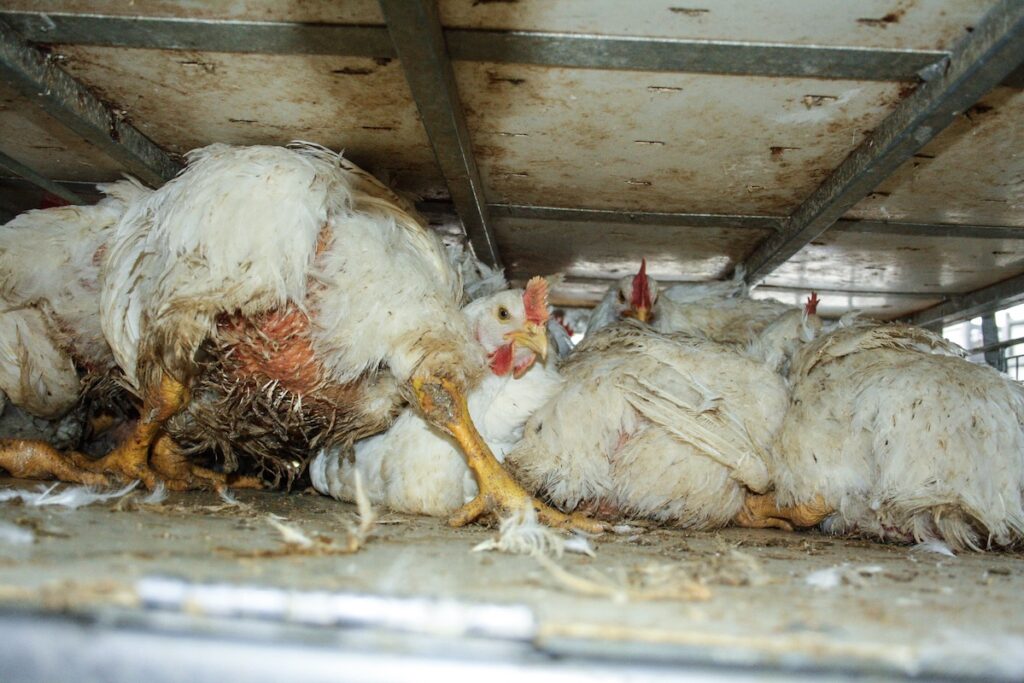When was the last time you considered the life of a chicken? For many, these creatures are simply a source of food, but the hidden realities of factory farming raise challenging questions about ethics, welfare, and legality. Are there sufficient laws to protect these animals from cruelty? This inquiry brings to light the complexities of animal rights and the pervasive practices within factory farms. It’s a topic that deserves scrutiny.
Factory farming, a practice designed to maximize efficiency and profit, often subjects chickens to deplorable living conditions. These birds are frequently overcrowded, deprived of natural behaviors, and confined in environments that would be deemed unacceptable if applied to other domesticated animals. In some areas, chickens are kept in cages so cramped that they cannot spread their wings or engage in natural behaviors, a situation that undeniably raises the specter of animal cruelty.
To address whether there are laws governing the treatment of chickens, we first need to understand the current legal landscape. In many countries, animal cruelty laws exist; however, the specifics regarding poultry often lag behind those for other species, such as dogs or cats. These laws tend to be reactive rather than proactive, focusing on the prevention of explicit acts of cruelty rather than the broader implications of intensive farming practices.
In the United States, for instance, the Animal Welfare Act (AWA) provides some degree of protection. Yet, it notably excludes farm animals, including chickens, from many of its provisions. This legal gap invites further scrutiny. How effective can animal welfare laws be if they overlook the very species that are consumed in the largest numbers? A playful inquiry could be: Would society’s values shift if chickens were endowed with the same protections as our beloved pets?
While the AWA lays a foundation for animal welfare, regulations concerning the treatment of chickens during their lives and at the time of slaughter remain ambiguous. Many states have introduced their own laws, but inconsistency reigns. Some laws exist to mitigate suffering—requiring humane treatment and slaughter—but they often fall short. For example, numerous states have passed measures to ban practices like battery cages, but these laws do little to address the underlying systemic issues within factory farms.
To further complicate the legal picture, terms such as “humane” and “free-range” are frequently misused in marketing, allowing consumers to believe they are making ethical choices when, in reality, the standards may be negligible. Hence, educational initiatives must be amplified to inform the public about the actual conditions faced by chickens in factory farms. The distinction between perceived welfare and actual treatment is murky, and the onus is on consumers to demand transparency in agricultural practices.
The realities of life on a factory farm are harsh. Chickens are often subjected to practices like debeaking—removing part of the beak to prevent pecking in overcrowded environments—without pain relief. Such practices highlight a grim paradox: the “efficiencies” of factory farming can lead to intense suffering, challenging the ethical foundations of these operations. When you consider the scale of these facilities, the sheer number of animals raised for consumption can boggle the mind, creating a system where individual suffering is overshadowed by mass production. Is this an acceptable trade-off, or does it necessitate a reevaluation of our agricultural norms?
On the international stage, various organizations push for stricter regulations and reforms. The European Union has arguably set a precedent with directives that update the welfare standards of farm animals, including chickens. However, the enforcement of these regulations often falters under the weight of political and economic interests. While initiatives like the European Chicken Commitment aim to ensure better living conditions for chickens, questions linger about how consistently these standards are applied.
The current framework does offer some glimmers of hope. Advocacy groups have successfully raised awareness over the years, and more consumers are demanding ethically sourced products. This presents a potential challenge to factory farming paradigms. Can consumer pressure lead to widespread changes in chicken welfare standards? Collective action, when effectively harnessed, has the power to evoke systemic changes.
Yet, with this hope comes a cautionary tale. Short-term economic benefits and deeply ingrained farming traditions often resist change. Industrial complexes have a significant grip on poultry production. Challenges arise when attempting to reform a system that many rely on for their livelihoods. Would the economic ramifications of enforcing stricter welfare laws demoralize farmers rather than protect chickens? It is a bittersweet dilemma that requires delicate navigation.
In closing, the journey towards safeguarding chickens from cruelty in factory farming is fraught with obstacles but is not insurmountable. Legal reforms are essential, and amplifying public awareness can accelerate change. By advocating for the rights of chickens and demanding accountability from the agricultural industry, it might be possible to rewrite the narrative surrounding factory farming. In an ethical society, the plight of these voiceless beings must not remain overlooked. The question remains: Are we ready to stand up against the status quo for the welfare of our feathered friends?








